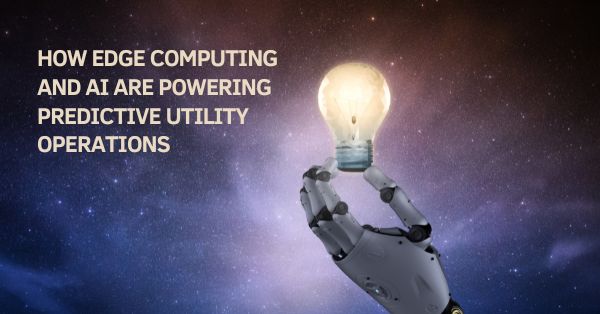- Tech News & Insight
- July 1, 2025
- Heather Gore
Panzura Symphony's latest update introduces a first-of-its-kind solution to combat permission sprawl and enhance AI readiness. Unlike other security tools, Symphony proactively identifies, monitors, and automatically resolves permission inheritance problems, preventing exploitation by malicious actors and eliminating the need for manual intervention. This update also allows users to apply custom metadata to files, facilitating advanced policy automation and populating AI pipelines based on file attributes without needing content scanning.



























